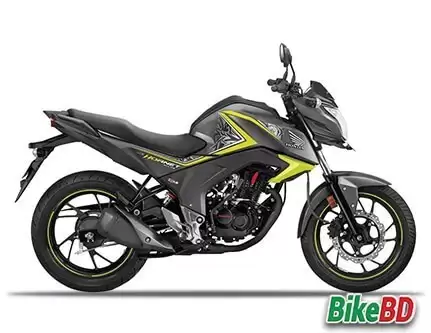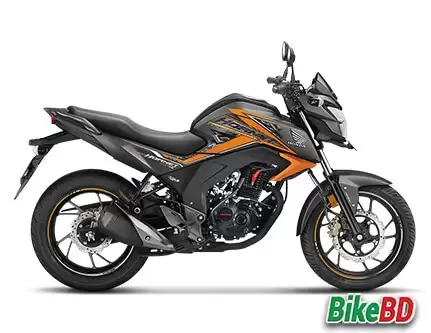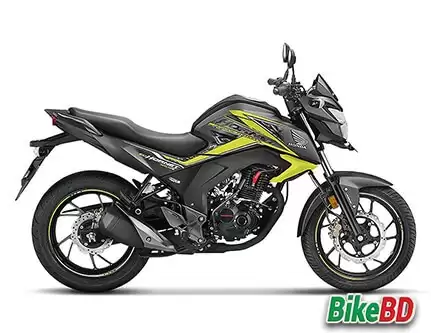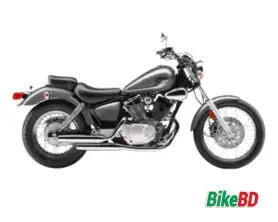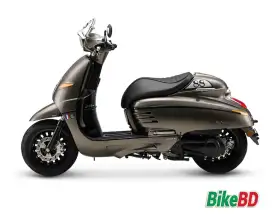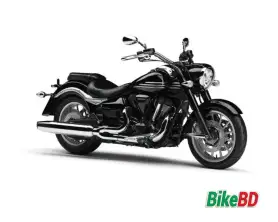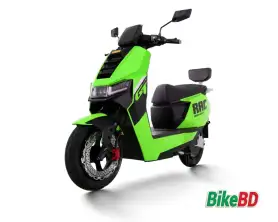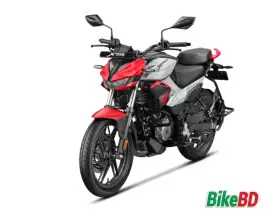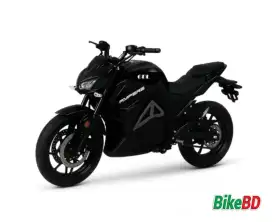What is torque in bike?
This page was last updated on 14-Aug-2024 04:11pm , By Rafi Kabir
Ans: Torque is a measure of a bike's rotational force or the amount of twisting power that the engine or rider can produce. It is typically measured in Newton meters (Nm) or pound-feet (lb-ft).
Definition of torque: Torque is a measure of a bike's rotational force or the amount of twisting power that the engine or rider can produce. It is typically measured in Newton meters (Nm) or pound-feet (lb-ft).
Importance of torque in bikes: Torque plays a crucial role in determining a bike's overall performance. Bikes with high torque have better acceleration and climbing ability, while those with lower torque may struggle on steep inclines. Additionally, torque is directly related to a bike's power output, with more torque resulting in more power. Understanding torque and how to optimize it can significantly improve a rider's experience and performance on their bike.

II. How torque affects bike performance
Relationship between torque and power: Torque and energy are closely related, with torque being a measure of rotational force and control being a measure of work done over time. More torque means more power, and vice versa. A bike with high torque will have better acceleration and overall performance, while a bike with lower torque may struggle on steep inclines.
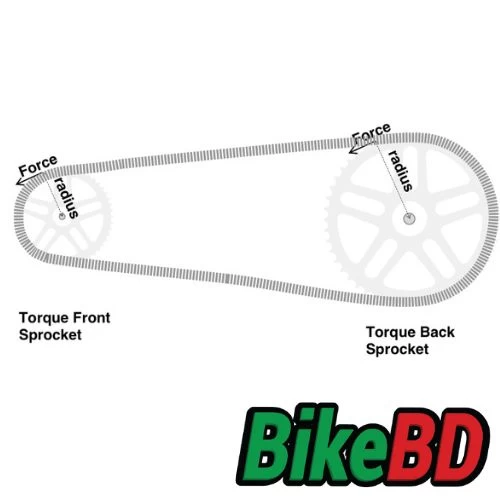

Impact of torque on acceleration: Torque plays a crucial role in determining a bike's acceleration, with higher torque resulting in better acceleration. This is because torque is directly related to the twisting force of the engine, which propels the bike forward. A motorcycle with high torque will accelerate faster than one with lower torque.
Importance of torque in hill climbing: Torque is essential for climbing as it determines a bike's ability to overcome steep inclines. A motorcycle with high torque can climb hills more quickly and with more incredible speed, while a bike with lower torque may struggle and lose momentum on steep inclines. Therefore, torque is an essential aspect to consider when riding in hilly terrains.
III. Measuring torque in bikes
Methods for measuring torque in bikes: Torque can be measured using various methods, such as a torque wrench, dyno, or strain gauge. A torque wrench is a standard tool for measuring the torque on bolts and other fasteners. A dyno, short for dynamometer, is another method of measuring torque and is often used in professional bike shops. A strain gauge can measure the torque of the bike's crankset or the component that the pedals attach to.
Tools used to measure torque in bikes: The most common tools used in the motorcycle are torque wrenches and dynos. Torque wrenches can be used to measure the torque on bolts and other fasteners, while dynos are used to measure the torque of the engine and transmission. Other tools, like strain gauges, can also measure torque on specific bike components.
Importance of accurate torque measurements: Accurate torque measurements are essential for ensuring that all bike components are functioning correctly and for making any necessary adjustments for optimal performance. Incorrect torque measurements can lead to issues such as components loosening or breaking, which can be dangerous while riding. Additionally, accurate torque measurements can help to optimize a bike's performance and improve the rider's experience.
IV. Factors that affect torque in bikes
Engine design and components: The design and features of a bike's engine can significantly affect its torque output. More advanced engines, such as those with more significant displacement or multiple cylinders, typically produce more torque than simpler designs. Additionally, the materials and quality of components used in the engine, such as the crankshaft and pistons, can also play a role in torque output.
Transmission and gearing: The transmission and gearing of a bike also play a role in its torque output. Bikes with multiple gears or a wide gear ratio range will have more flexibility in terms of torque output. The transmission type, such as manual or automatic, can also affect torque output.
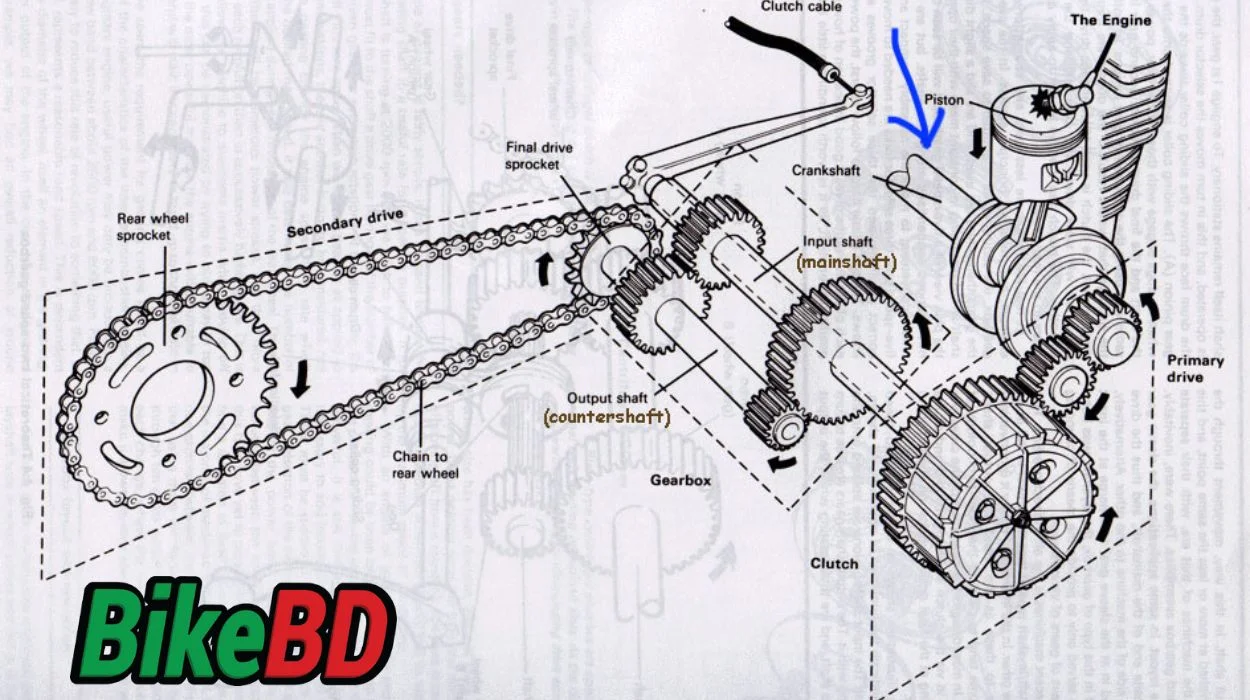
Also Read: Drag Race :: Ride To Die [ Part- 1]
Rider's weight and pedaling technique: The importance of the rider and their pedaling method can also affect torque output. A heavier rider will require more torque to maintain a certain speed, while a lighter rider will require less. Additionally, a rider's pedaling technique, such as using proper cadence and applying power evenly, can also affect torque output. By maintaining an excellent pedaling method, a rider can optimize the torque output of the bike.
Summary of key points: Torque is a measure of a bike's rotational force and plays a crucial role in determining its performance. It is closely related to power and affects a bike's acceleration and hill-climbing ability. Measuring torque accurately is essential for ensuring proper bike maintenance and performance optimization. Factors such as engine design and components, transmission and gearing, and rider's weight and pedaling technique also affect torque output.
Importance of understanding torque in bike maintenance and performance optimization: Understanding torque and how to measure and optimize it can help riders get the most out of their bikes. Properly maintaining torque levels can prevent issues such as component failure and ensure optimal performance.
Additional resources for further information: There are many resources available online, such as forums, videos, and articles, that provide in-depth information on torque and bike performance. Additionally, consulting with a professional mechanic or bike shop can provide valuable insights and guidance on maintaining and optimizing torque on your bike.





